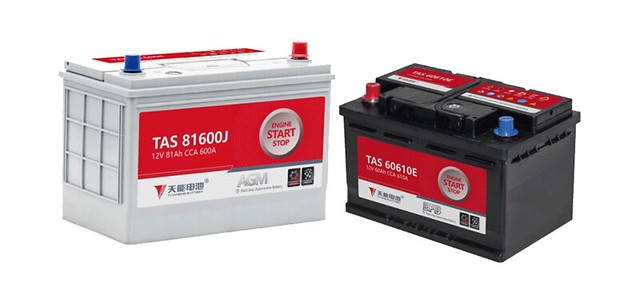Valve Regulated Lead Acid

Battery: A Comprehensive Guide
Manufacturing Process:
Valve regulated lead acid batteries, also known as VRLA batteries, are manufactured using a specialized sealed design. The battery electrodes consist of a lead dioxide cathode and a sponge metal lead anode. These electrodes are placed in an electrolyte solution comprising sulfuric acid, valve regulated lead acid battery which facilitates the flow of electric current between them. The entire battery is then enclosed within a sturdy plastic casing, ensuring that no spills occur during operation.
Features:
One of the key features of valve regulated lead acid batteries is their non-spillable nature. Unlike traditional flooded cells, these batteries do not require periodic water refilling due to the presence of pressure relief valves. This makes them ma valve regulated lead acid battery intenance-free and highly convenient for users. Another notable feature is their valve-regulated gel cell (VRGC) technology that offers enhanced safety by reducing the risk of explosion or leakage.
Benefits:
Valve regulated lead acid batteries offer several advantages over other types available in the market. Firstly, they have low self-discharge rates which allow them to retain charge for extended periods witho valve regulated lead acid battery ut requiring frequent recharging. Additionally, these batteries opzv battery suppliers exhibit excellent deep cycling capabilities and can withstand repeated discharge and recharge cycles without significant loss in performance or capacity. Furthermore, their compact size and relatively light weight make them suitable for use in various applications such as UPS systems, telecommunications equipment, solar power storage solutions, emergency lighting systems among others.
Usage Guidelines:
To ensure optimal performance and longevity of Maintenance-free lead acid battery valve regulated lead acid batteries follow these guidelines:
1. Charge correctly: Use an appropriate charger specifically designed for VRLA batteries.
2.Prevent overdischarge: Avoid allowing the battery voltage to drop below its recommended minimum level.
3.Handle wi Non-spillable lead-acid batteries th care: Protect the battery from excessive heat or cold temperatures.
4.Maintain cleanliness: Keep terminals clean and free from corrosion.
5.Regular testing: Perform regular testing to check battery voltage and capacity.
How to Choose the Right Valve Regulated Lead Acid Battery:
Choosing the right valve regulated l valve regulated lead acid battery ead acid battery for your specific needs requires consideration of several factors:
1. Determine power requirements: Calculate the expected power consumption and choose a battery with adequate capacity.
2. Voltage compatibility: Ensure that the battery voltage matches the equipment’s requirements.
3. Size restrictions: Consider physical dimensions to ensure proper fitting in the desired application.
4. Endurance capabilities: Assess deep-cycle performance if cycli Valve-regulated gel cell (VRGC) battery c discharge and recharge are anticipated.
5. Brand reputation: Select batteries from reputed manufacturers known for their quality opzv battery suppliers and reliability.
Conclusion:
Valve regulated lead acid batteries offer a convenient, reliable, and cost-effective solution for various applications requiring backup power or storage capability. Their non-spillable design, maintenance-free nature, long service life, and excellent cycle performance make them an ideal choice for both commercial and residential use. By following usage guidelines and considering key selection criteria, users can confidently choose a VRLA battery that meets their specific requirements while

enjoying hassle-free operation for years to come.
